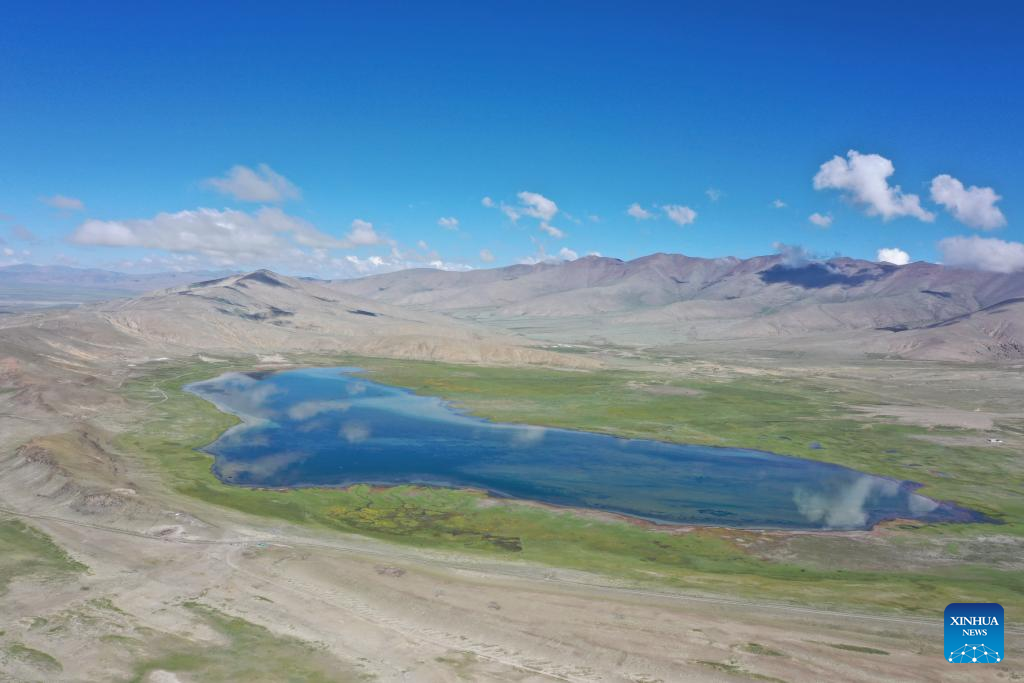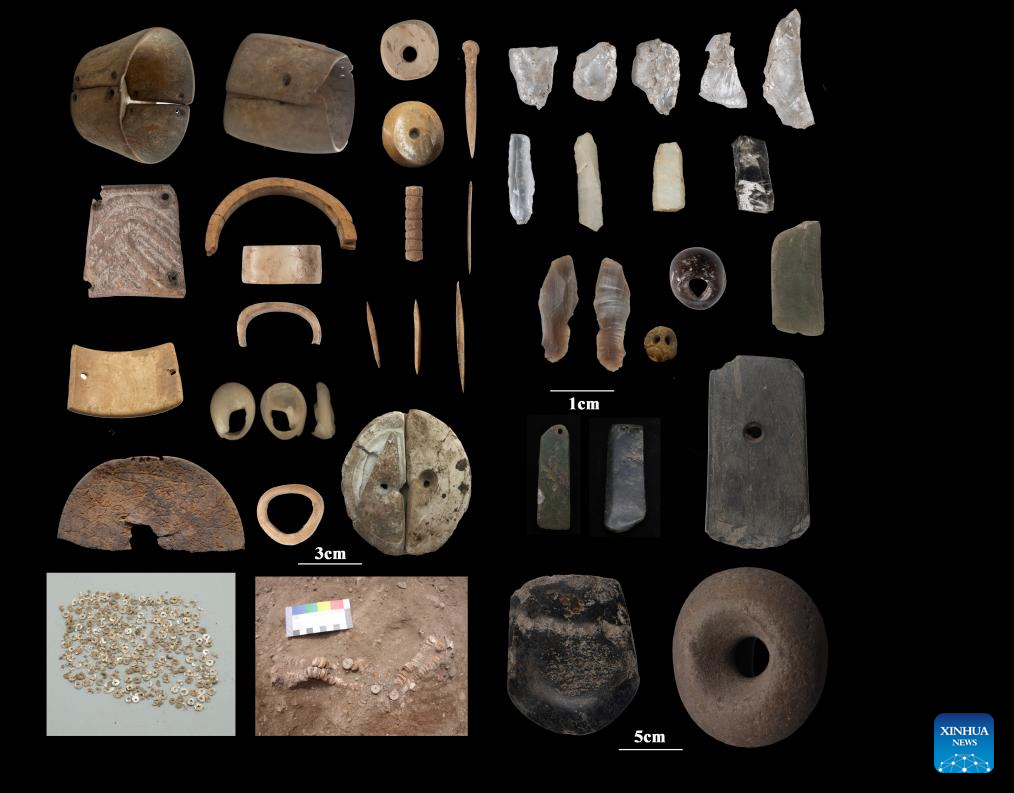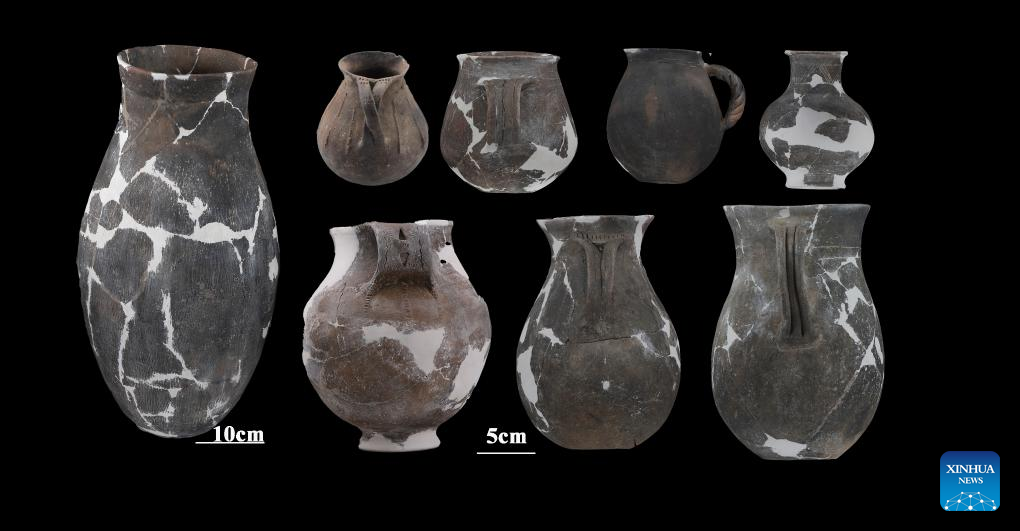Neolithic lakeside relics site identified on Qinghai-Xizang Plateau
Xinhua, January 24, 2025 Adjust font size:

This undated file photo shows a view of the Mapu Tsho relics site in the city of Xigaze, southwest China's Xizang Autonomous Region. (Xizang Institute for Protection and Research of Cultural Relics/Handout via Xinhua)
LHASA, Jan. 23 (Xinhua) -- A relics site, first discovered in southwest China's Xizang Autonomous Region in 2019, has been identified as the earliest Neolithic lakeside site in the heartland of Qinghai-Xizang Plateau with the highest altitude and longest duration, according to local authorities.
The findings are the result of a five-year excavation project at the Mapu Tsho relics site in the city of Xigaze. The excavations were jointly carried out by the Xizang regional institute of cultural relics protection and institutions including Lanzhou University and Peking University, between 2020 and 2024.
The site, located at altitudes of 4,410 to 4,430 meters on the shore of Mapu Tsho Lake, has a distribution area of more than 140,000 square meters. An area of 1,650 square meters was excavated at the site, said the Xizang regional institute of cultural relics protection.
During the excavations, archaeologists collected large amounts of materials, including the specimens of the phytoliths, residues and ancient DNA of the sediment at the site.
Through subsequent analysis and research, the results indicated that the cultural remains of the site date back approximately 4,800 to 2,000 years, according to Shargan Wangdue, head of the joint archaeological team.
He said that the unearthed relics show that the ancestors at the Mapu Tsho site were typical of the people from East Asia and represented indigenous groups of the plateau.
The excavations and multidisciplinary research of the relics at the site have for the first time identified the "historical origins" of the prehistoric culture in the central part of Xizang 4,000 years ago, said Shargan Wangdue.
He added that the discovery marks another milestone in Xizang's Neolithic archaeological research after the Karub ruins in the city of Qamdo and the Qugong ruins in the regional capital of Lhasa.
"The Mapu Tsho site provides us with practical examples to understand how the prehistoric plateau people utilized lake resources and adopted different cultural and economic strategies to adapt to different developmental stages through cultural integration," said Shargan Wangdue. ■

This undated combo photo shows the unearthed relics discovered at the Mapu Tsho relics site in the city of Xigaze, southwest China's Xizang Autonomous Region. (Xizang Institute for Protection and Research of Cultural Relics/Handout via Xinhua)

This undated combo photo shows the unearthed relics discovered at the Mapu Tsho relics site in the city of Xigaze, southwest China's Xizang Autonomous Region. (Xizang Institute for Protection and Research of Cultural Relics/Handout via Xinhua)